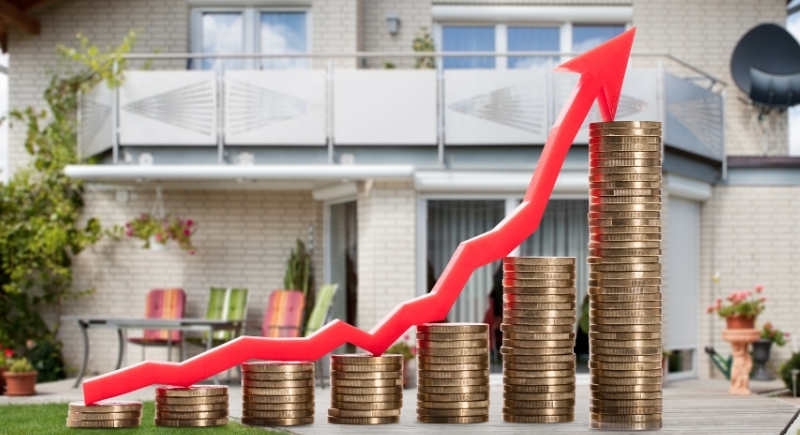So, Is It Like a Totally Terrible Time to Buy a House or What?
Buying a house right now feels kind of painful. Prices are sky-high, mortgage rates are hanging out near 7%, and sellers still think their homes are made of gold. But despite all that, things aren’t totally hopeless for buyers. The market is shifting in small but noticeable ways, and depending on your situation, it might not be the worst time to make a move.
What’s Actually Going On

Image via Getty Images/AndreyPopov
The housing market in 2025 is in a strange in-between phase. According to Kiplinger’s latest housing outlook, inventory is improving after years of record-low supply, which has given buyers more choices than they have had in a long time. However, the market remains tight compared to pre-pandemic levels. Kiplinger’s housing forecasting team projects that the total number of homes on the market will rise by about 16.2% from last year, the strongest inventory gains since 2020.
Prices remain stubbornly high. Kiplinger and Redfin report that the median home sale price rose 4.1% year over year, reaching approximately $422,400 in July 2025, the highest July price ever recorded by the National Association of Realtors. Mortgage rates have eased slightly since their peak of 8% in 2023, but remain elevated, hovering near 7% for a 30-year fixed-rate loan. While that’s a small improvement, it is still well above the historically low 3% rates seen during 2020 and 2021. Analysts cited by Kiplinger suggest that rates could remain at current levels through the end of the year, given the Federal Reserve’s cautious stance on interest rate cuts.
Buyers Are Frustrated (And For Good Reason)
A Gallup poll revealed that 76% of Americans believe it’s a bad time to buy a house, while only 21% consider it a good time. That’s the lowest level of optimism Gallup has recorded since it began asking the question in 2005. Kiplinger highlights that home prices have grown approximately 2.4 times faster than inflation, according to a report by Clever Real Estate. If home prices had tracked inflation alone, the median U.S. house would cost significantly less today. For many would-be buyers, this reality has made homeownership feel increasingly unattainable.
High mortgage rates have also kept many current homeowners from selling. Those who locked in ultra-low rates during the pandemic are reluctant to list their homes, which has contributed to ongoing supply shortages. Kiplinger notes that despite rising inventory, demand continues to exceed supply in many markets.
Is It Still Worth Buying?
It depends on your personal situation. If you have a stable job, strong credit, and sufficient savings, buying can still make sense. Larger down payments remain the most effective way to secure better loan terms and avoid private mortgage insurance; however, smaller down payments can also be effective with careful planning. Experts generally agree that waiting for the “perfect” time to buy is risky because no one can predict precisely when rates or prices will shift. If you find a home you can afford and plan to stay in long term, it may still be a sound financial decision.
Other Options While You Wait

Image via Canva/Andy Dean Photography
Renting may be the better short-term option if affordability is an issue. Renting can be more affordable in many areas and allows potential buyers to continue saving for a larger down payment or enhance their financial profile. Kiplinger also notes that creative financing strategies, such as assumable mortgages, may help some buyers access lower rates if they qualify.
It’s still a tough market for buyers, but conditions are gradually improving, with more listings appearing and competition easing in some regions. For financially ready buyers, the current market, while difficult, also offers unique opportunities. The housing market isn’t easy, but it’s no longer impossible. It’s just a little stubborn.